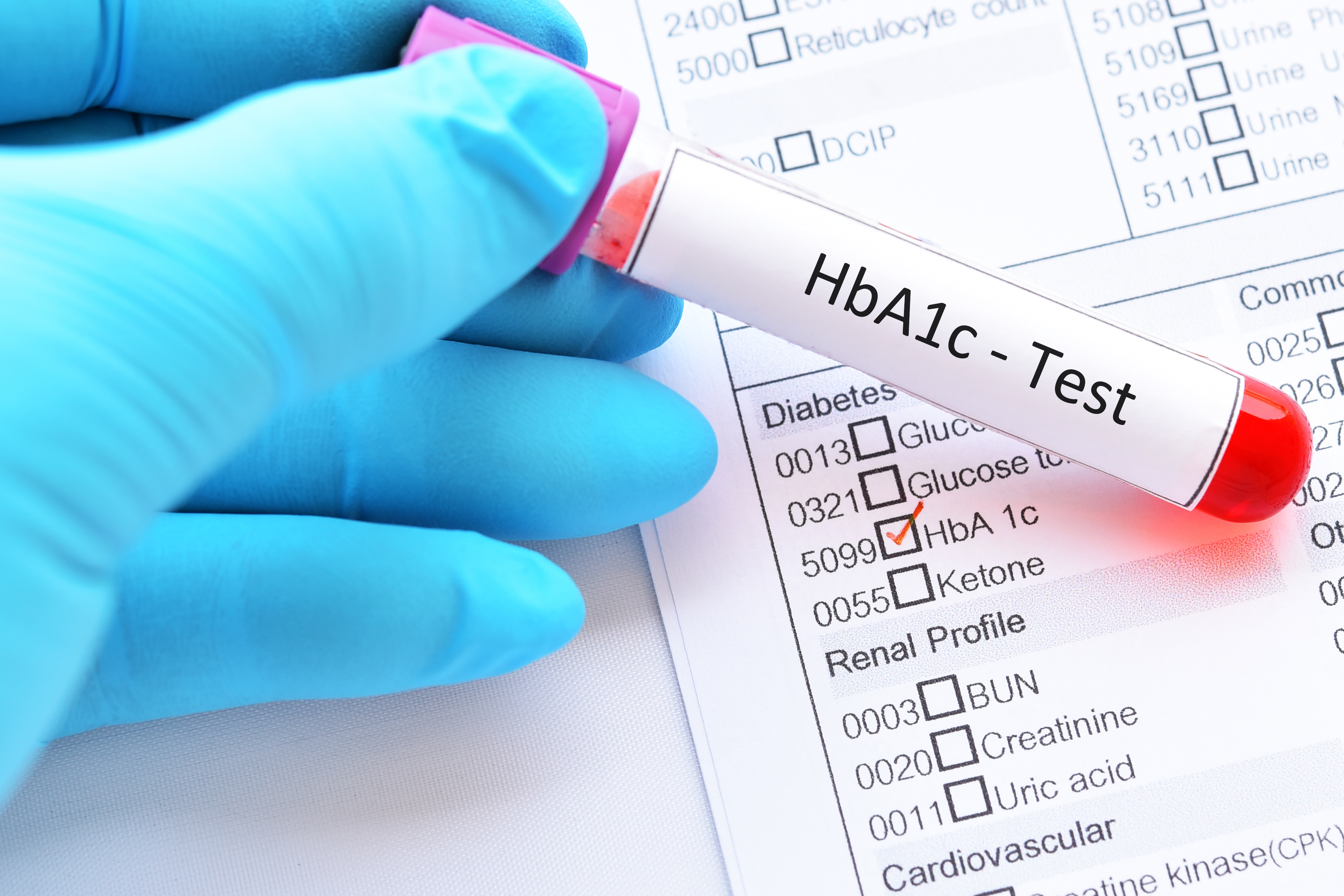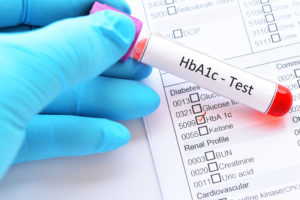
If some in your family has diabetes or your are overweight, you should want to know what causes Diabetes Mellitus and how it is diagnosed. A family history of Diabetes Mellitus and obesity are to major risk factors for you to also become diabetic.
Diabetes mellitus (DM), typically referred to as just “diabetes,” refers to a group of chronic diseases that happen when the body does not effectively use or produce the crucial regulatory hormone “insulin.”
According to the CDC or the Centers for Disease Control and Prevention:
- In the US alone, 30.3 million adults have diabetes, with one in four people unaware that they have the condition.
- It is the 7th leading cause of deaths in the US, and the leading cause of kidney failure, adult blindness, and lower-limb amputations.
- The number of adults diagnosed with DM in the past two decades has grown more than three times, with roughly 400 million people in the world afflicted with the disease today.
If you happen to be diagnosed with DM, you should understand how this condition results in abnormally high or low blood sugar levels, along with other vital information you need to know. You may have heard that it is essential for you to watch out for “hyperglycemia” (high blood sugar) or “hypoglycemia” (low blood sugar).
Understanding Diabetes Mellitus: Breaking the Code
DM is linked with high blood sugar levels. It is a disease in which the body either does not efficiently utilize insulin or does not produce sufficient insulin. Insulin, once again, is the regulatory hormone that converts starches and sugars, and other food that we eat into energy needed to function. With DM, your body cannot efficiently use glucose (blood sugar) as an energy source, resulting in abnormally high blood sugar levels. Eventually, you may urinate sugar out of your body. Hence, the warning that diabetics can literally starve themselves to death!
How Diabetes Affects Your Body
DM can affect every organ in your body, and more especially the kidneys, the eyes, the nervous system, and the heart. These complications are mainly due to high blood sugar and occur only after years that the condition has damaged your body.
The good news is, most types of diabetes (that have turned into “epidemics,” sweeping millions in recent history) are preventable and can still be completely reversed. Type 2 diabetes, in particular, is a dietary illness and can be altered with essential diet and lifestyle changes. Robust evidence shows that medications may not be the only way.
Below are the four primary forms of DM:
- Type 1– used to be called “juvenile” or “childhood-onset” diabetes, since type 1 is typically diagnosed in very young adults and children (commonly occurring before age 30). However, so many cases are found in adults, so that the term juvenile is no longer used. A person with type 1 DM virtually does not produces insulin anymore. Hence, insulin medication will be needed for the rest of the person’s life. This is the reason why this was also referred to as “insulin-dependent” diabetes.
- Type 2 – previously, this was known as the “non-insulin dependent” or “adult-onset” DM since injecting insulin was traditionally not necessary; and this type occurred majorly in older adults (especially among people over the age of 30 years). Today, however, the condition exists with the younger populations, even among teens and children. It remains the most common type comprising 90% of all DM cases.
- Gestational diabetes – develops during pregnancy, usually around the 24th week. This is not a chronic form of DM but can be considered a risk factor for developing chronic types in the future. This type affects roughly 18% of all pregnant women.
- Medication-induced – also called “drug-induced” DM, is considered the fourth type of diabetes, associated with taking certain medications or hormonal treatments.
Let’s take a closer look at the variations among the four types.
Type 1
Your body needs a steady, constant supply of insulin. This regulatory hormone converts the food that you eat, particularly the sugar and starch into energy, and moves glucose (a simple sugar which is an essential energy source) into all the cells in your body for use. When your pancreas no longer produces insulin, then you may have type 1 diabetes.
This is classified as an “autoimmune disease,” which means that those who are afflicted have an immune system attacking the cells of his or her own pancreas (specifically, the “beta cells”) that are responsible for producing insulin.
If you have type 1 diabetes, serious symptoms would often appear swiftly because your body will make very little or no insulin. And without this regulatory hormone, the cells in your body wouldn’t be able to function properly. This explains why most people feel very sick and may need to be rushed to the hospital as emergency cases because of very high blood sugar levels in type 1 diabetes.
Approximately one in 20 people or about 5% who have DM suffer from this type of condition. Having this form of DM means you belong to the minority group in the population of diabetics.
Symptoms & Tests
Common Symptoms
- Frequent urination – since your body tries to flush out excess sugar in your bloodstream (also called “polyuria” in medical terms)
- Extreme thirst – due to dehydration (also called “polydipsia”)
- Excessive hunger (or “polyphagia”)
- Fatigue – because the necessary blood sugar (“glucose”) is not getting into your cells
- Blurred vision – due to the build-up of fluid in your eyes or the elevated blood sugar levels
- Weight loss – even if you have increased appetite
Tests
To screen for type 1 DM, your doctor may order tests including:
- HbA1c
- Fasting blood sugar
- Random blood sugar
- Urine test for ketones – “ketones” are by-products of the body when breaking down energy or fats
- Blood test for auto-antibodies – the presence of auto-antibodies can mean you have type 1 diabetes
- C-peptide test – this measures the amounts of insulin being produced in the body
Causes
- The exact cause remains unknown
- Experts suspect the involvement of an individual’s genetic make-up, as well as the environment
- The immune system attacks the insulin-producing cells of their own pancreas- an “autoimmune response” that can happen over months or years
- Other experts believe that exposure to a virus that attacks the pancreas (and in effect diminishing the pancreas’s ability to produce insulin) may contribute to the development of the disease
Risk factors
Some risk factors linked with type 1 DM include:
- Genetics & family history- if someone in your family has this type of diabetes, you may be at risk as this is believed to be passed down in the genes
- Age- most cases of type 1 surface early in life between ages four to seven, and ages 10 to 14
- Geographic location – it is also believed that the place where you live may actually put you at higher risk; in particular, those living farther from the equator have higher risk according to statistics than those who live closer to the equator
Precaution & Prevention
The biggest danger for this type of diabetes is the risk for “hypoglycemia” or an extremely low blood sugar level. This may occur when you have type 1 DM, and have injected excess insulin into your bloodstream–and can no longer take it back. This may occur with individuals who have not eaten properly or recently (after having insulin), or if a person afflicted has exerted too much energy rapidly. Talk to your doctor about healthy habits and practices to complement your medication regimen properly.
Unfortunately, there is no known way to prevent type 1 DM. Scientists at present are working to find ways to reduce the severity or delay this condition. Nonetheless, it can be treated effectively with regimen compliance and the following steps:
- Blood sugar control
- Insulin management
- Proper nutrition
- Regular exercise
Type 2
This type of DM is different. It is the type that eventually results from sugar and carbohydrate-heavy diets and a physically inactive lifestyle that has led to a state of “insulin resistance,” along with a list of all kinds of severe health problems.
Unlike in type 1 DM, the body’s response to type 2 DM is to produce abnormally high amounts of insulin, as an attempt to control all the ingested sugar. Also, this type has a gradual onset rather than the severe, emergency nature that is a characteristic of type 1.
Basically, a person with type 2 diabetes would have his or her body cells becoming “insulin-resistant.” This means that the cells no longer react to insulin because of its excessive proportions in the body. This is currently the most common type of DM, affecting roughly 95% of the diabetic population. This is not associated with autoimmunity issues.
Symptoms & Tests
Common Symptoms
Symptoms will be similar to type 1, but may be less severe; which is why it could take years or decades after its onset that complications arise and the condition is diagnosed.
The following manifestations are good indicators of type 2 DM. If you experience 2 or more, and you haven’t been diagnosed with the condition yet, it would be a brilliant idea to talk with your doctor.
- Frequent urination since your body tries to flush out excess blood sugar in the blood (also called “polyuria” in medical terms)
- Extreme thirst due to dehydration (also called “polydipsia”)
- Excessive hunger (or “polyphagia”)
- Extreme fatigue- you feel tired because your body’s cells are not getting the blood sugar fuel that you need
- Blurred vision- as your blood sugar levels rise and fall, the lenses of your eyes swell and shrink; your eyes can’t adjust quickly to these lens changes which is the reason why your vision blurs
- Unexplained bouts of itching (such as genital itching)- yeast infections love a high sugar environment, so DM is often accompanied by discomfort and itching
- Weight loss
- Bruises or cuts that are slow to heal
- Numbness or tingling pain in the hands and feet – you may experience this because of “neuropathy,” a type of nerve damage, which is a common long-term complication of diabetes
Tests
- HbA1C
- Fasting blood sugar
- Random blood sugar
Typically, a second screening test will be ordered by your doctor to confirm the diagnosis.
Causes
- Experts don’t know the exact reason why the pancreas stops working properly
- Some believe that progressively, the pancreas fails to make enough insulin or releases it too slowly; or that the pancreas simply “burns out” through the years
- Others claim that the system that tells the pancreas to make more insulin is broken
Risk factors
Apart from obesity and lack of physical activity, which are associated with 95% of the cases in the US alone, other risk factors include:
- Genetics- similar to type 1, if type 2 diabetes runs in your family, you may be at higher risk
- Age- the risk increases after age 45, then significantly elevates more after age 65
- Ethnicity- cases are prevalent among African Americans, Native Americans, Asian Americans, and Latinos
- Alcohol intake- with heavy alcohol drinking, individuals may damage their pancreas, reduce their body’s sensitivity to insulin, and increase their chances of becoming overweight, which contribute to the development of DM
- High blood pressure- two in three people who develop diabetes have high blood pressure
Precaution & Prevention
Unlike type 1 diabetes, this type is easily preventable with a healthy diet and lifestyle. Some people who have this type may also need insulin shots and other medications, which along with exercise and a healthy diet are the best treatment for the condition.
It may sound like a no brainer, but the best way to prevent this type of DM is to maintain a healthy weight and be fit. And that’s easier said than done. But it can be done! Evidence shows that individuals at high risk for diabetes may be able to prevent it with exercise, weight loss, and healthy eating.
Gestational diabetes
Just when you’re going through a rollercoaster of changes in your body during pregnancy (and even if you’ve never had diabetes before), it is possible for you to acquire a type of diabetes called gestational diabetes mellitus (GDM). This occurs without a prior incidence of diabetes in your life before pregnancy. It affects two to 10% of pregnant women and typically develops in the last part of pregnancy, commonly at about the 24th to 28th week.
Symptoms & Tests
Often, pregnant women will show no symptoms or will not be able to identify the different symptoms that go with GDM because these manifestations would simply be associated with the common pregnancy woes. It is important, thus, for pregnant women to have prenatal screening, at the proper time in your pregnancy.
Common Symptoms
Typically this has the same presentation as other types of DM, and includes the following symptoms:
- The three P’s: “polyuria” (frequent urination), “polydipsia” (extreme thirst), and “polyphagia” (increased hunger)
- fatigue
- dizziness or lightheadedness
- vision problems
Before worrying that you have GDM, remember that all pregnant women will naturally experience symptoms of more frequent visits to the restroom and a bigger appetite. If you have risk factors for the condition or suspect symptoms different from the normal, however, it is best to work with your doctor for proper management.
Tests
- Oral glucose tolerance test- if this screening test indicates GDM, the pregnant woman must start treatment immediately
Causes
- The specific cause of gestational diabetes remains unknown
Risk factors
The following risk factors are associated with the condition:
- Hormones- these play a significant role in the baby’s growth, but may also be responsible for blocking insulin’s action in the mother’s body, thereby causing resistance to insulin
- Genes & family history- individuals with a sibling or parent with DM are more prone to having this type of diabetes
- Race and ethnicity- Hispanics, Asians, African Americans or American Indians, based on statistics, are more likely to develop gestational DM
- Obesity & age- pregnant women who are overweight, or are 25 years or older, have a higher risk for the disorder
Precaution & Prevention
The good news is, GDM is typically a temporary condition occurring during pregnancy. Additionally, it is treatable; but remember that the condition must be treated without delay before any damage can be done to your baby. If no management or medical advice is done for the condition during pregnancy, this can lead to significant risks for you and your baby.
Once again, the best way to prevent the condition is to eat healthy food, maintain a healthy weight, and be physically active. The ultimate goal is to get your body in excellent shape before you get pregnant. Know that left uncontrolled, GDM can result in a large baby size, a difficult birthing experience, and potentially serious complications. Having the condition increases your risk of developing type 2 diabetes later in life.
Medication-induced
Medication-induced diabetes may come as a milder form, and initially can be reversible. However, if left uncontrolled, this will result in the chronic form of diabetes. If you’re taking medications such as “hydrochlorothiazide,” “Niacin,” and even the wonder drugs that lower cholesterol called “statins,” your blood sugar levels can go up. Certain “beta-blockers,” (medicines used to manage abnormal heart rhythms and high blood pressure), and some “antipsychotics” (given for individuals with personality disorders) are also linked with the development of diabetes.
Another known reason for developing the drug-induced type is when you are taking hormonal treatments for certain medical conditions. Common examples would include taking “hydrocortisone,” “prednisone,” and “dexamethasone,” which are drugs that prevent or treat inflammation-related diseases such as asthma or arthritis.
Symptoms & Tests
One or more of these common early symptoms may be present in this type.
Common Symptoms
- Frequent urination and thirst- the blood sugar in your urine draws more water from your blood, giving you the sensation or urge to urinate more often; you feel thirsty when the amount of water in your blood decreases
- Extreme hunger- the inability of the body to get energy in the form of glucose (sugar) into the cells of muscles, contributes to a feeling of hunger
- Fatigue- with ineffective or lack of insulin, sugar can’t enter body cells; as a result, sugar can’t be used as fuel to facilitate energy release, so a person with DM often complains of fatigue
- Persistent vaginal infection
- Weight loss
Tests
To screen for this type of DM, your doctor may order tests including:
-
- HbA1c
- Fasting blood sugar
- Random blood sugar
- Urine test for ketones – “ketones” are by-products of the body when breaking down energy or fats
Causes
- The exact cause remains unknown, but is associated with taking certain medications like steroids, statins, beta-blockers, and antipsychotics; also associated with taking medications like Cyclosporine, and Tacrolimus, among other drugs.
Risk factors
- Glucose intolerance- this can be linked to borderline (100-125mg/dL) blood sugar levels even after fasting for a number of hours (usually 6-8 hours)
- Age- most cases of this type of DM occur in individuals older than 45 years old
- Family history- if a relative or family member has been diagnosed with DM, you may be at risk
- Ethnic background- this type of DM is associated with Native Americans, African Americans, Hispanic/Latinos, Asian Americans, and Pacific Islanders
Precaution & Prevention
Some people will have elevated blood sugar levels only when taking any of the mentioned medications, among other drugs associated with this side effect. While others may need to monitor their blood sugar even after these medications are stopped.
Additionally, as with the other types of DM, it is recommended for individuals at risk or diagnosed with this type to limit the intake of fatty food and avoid gaining extra weight. It is likewise essential to avoid food and drinks that cause a rapid rise in blood sugar levels.
If possible, it is advised to check your blood sugar levels before, during, and after activity. Walking and biking will be beneficial physical routines to burn excess sugar in your bloodstream. Remember to consult with your physician at the early stages to know if it will be best for you to take diabetes pills or insulin that will keep you healthy, in control of your blood sugar, and prevent further complications.
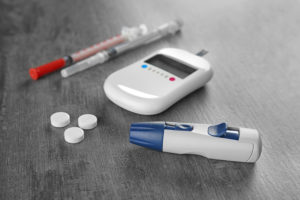
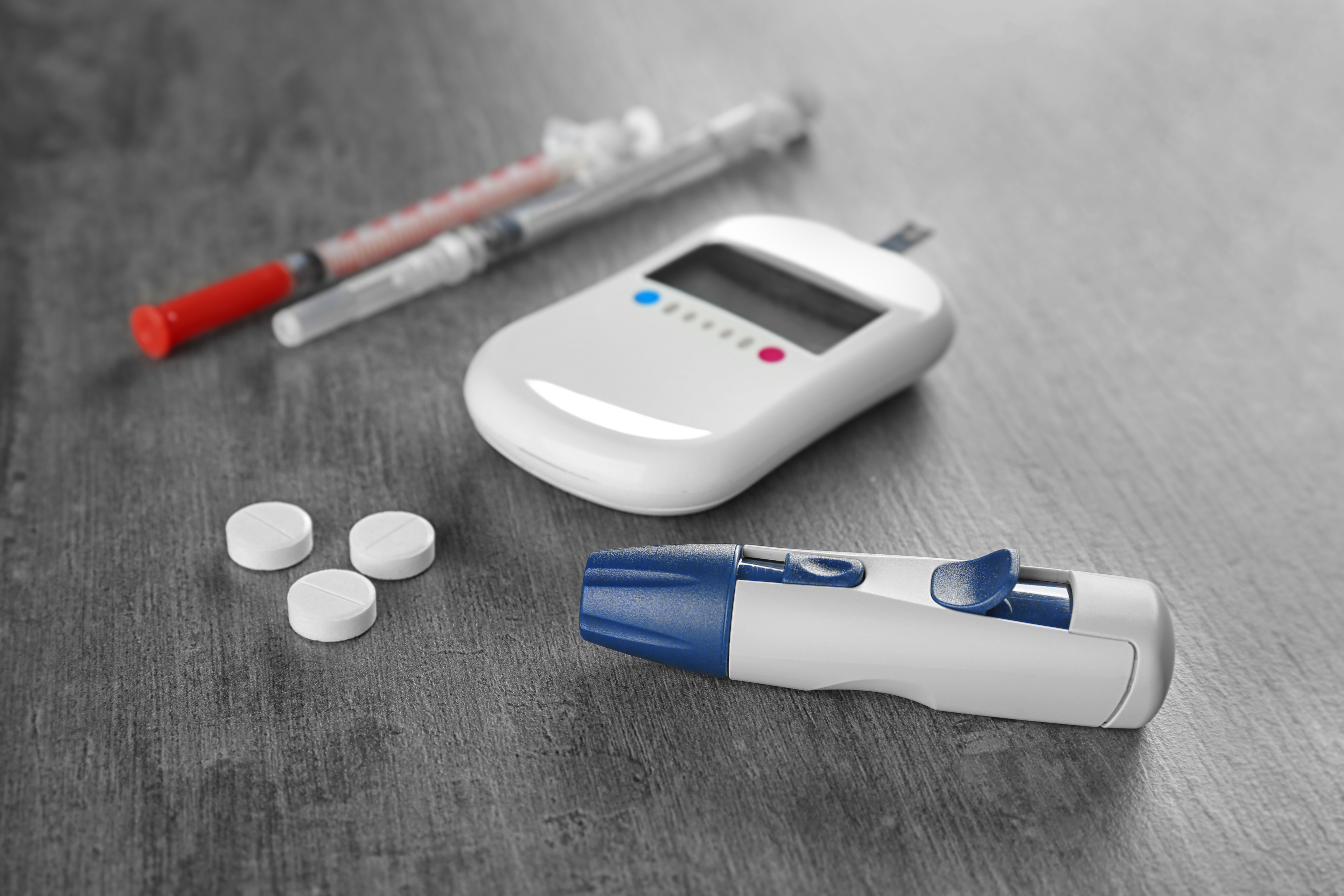




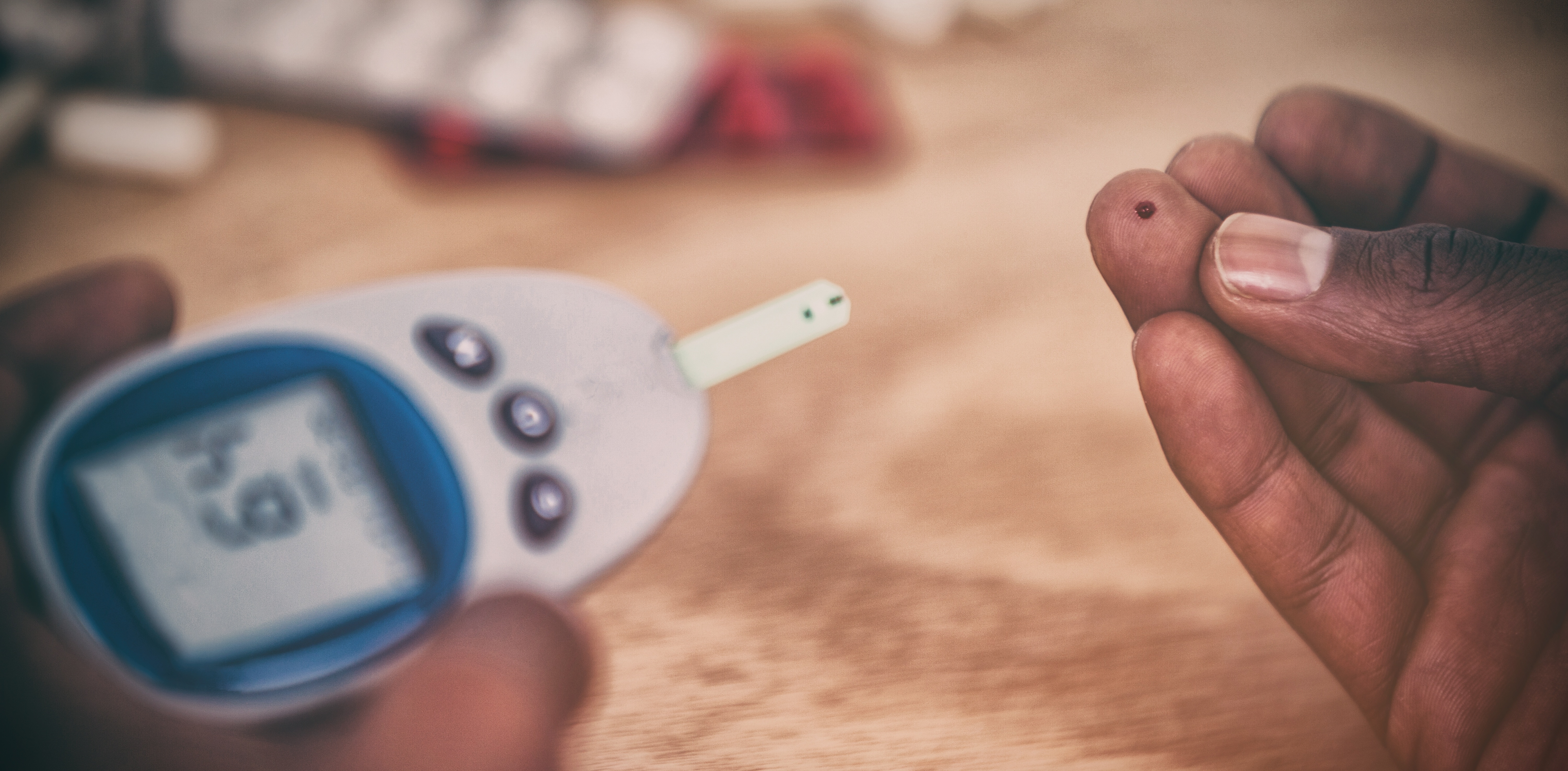
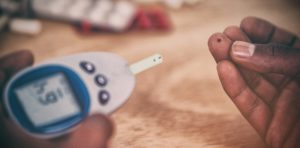


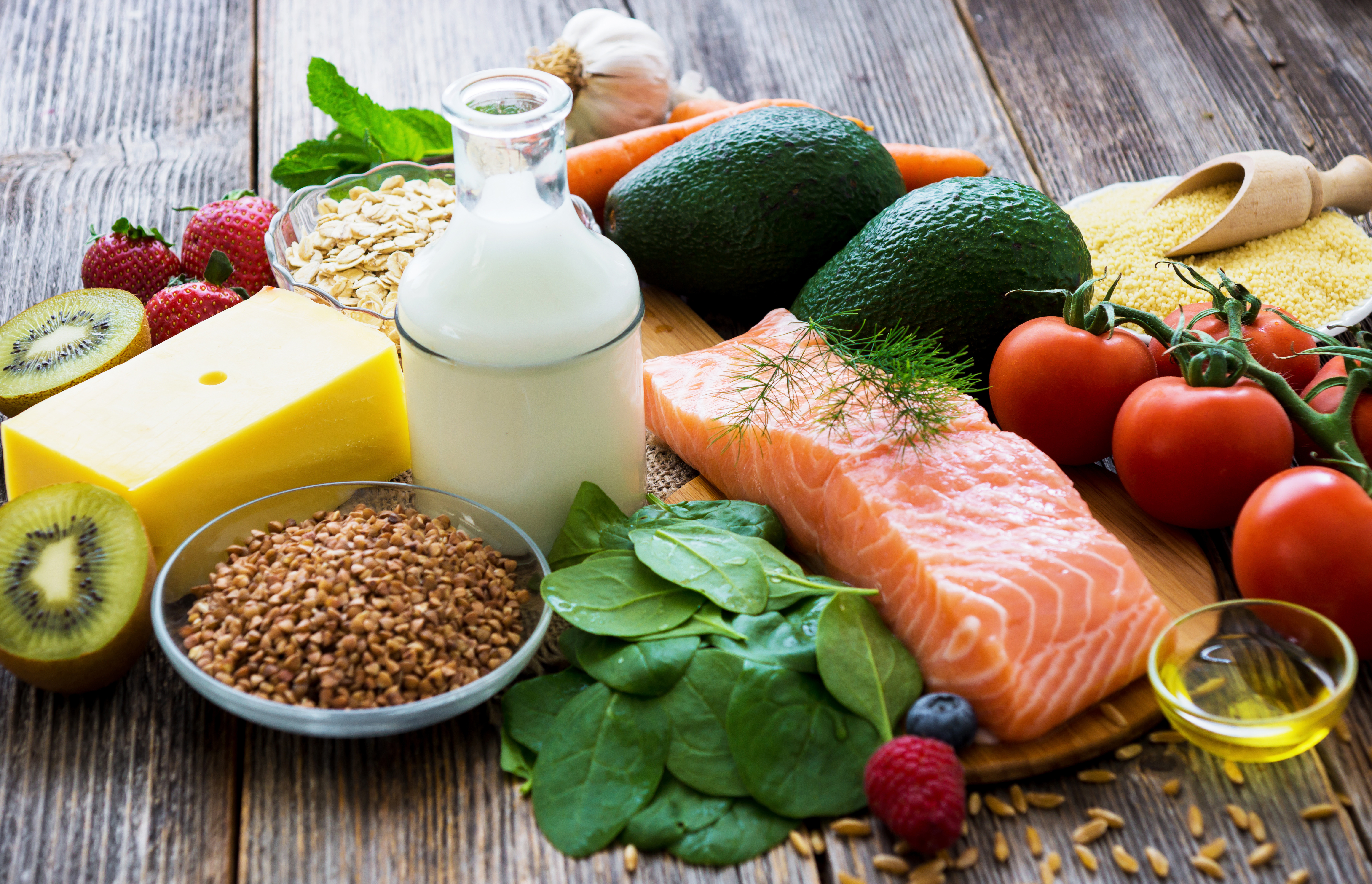
 10 Low Sugar Snacks
10 Low Sugar Snacks